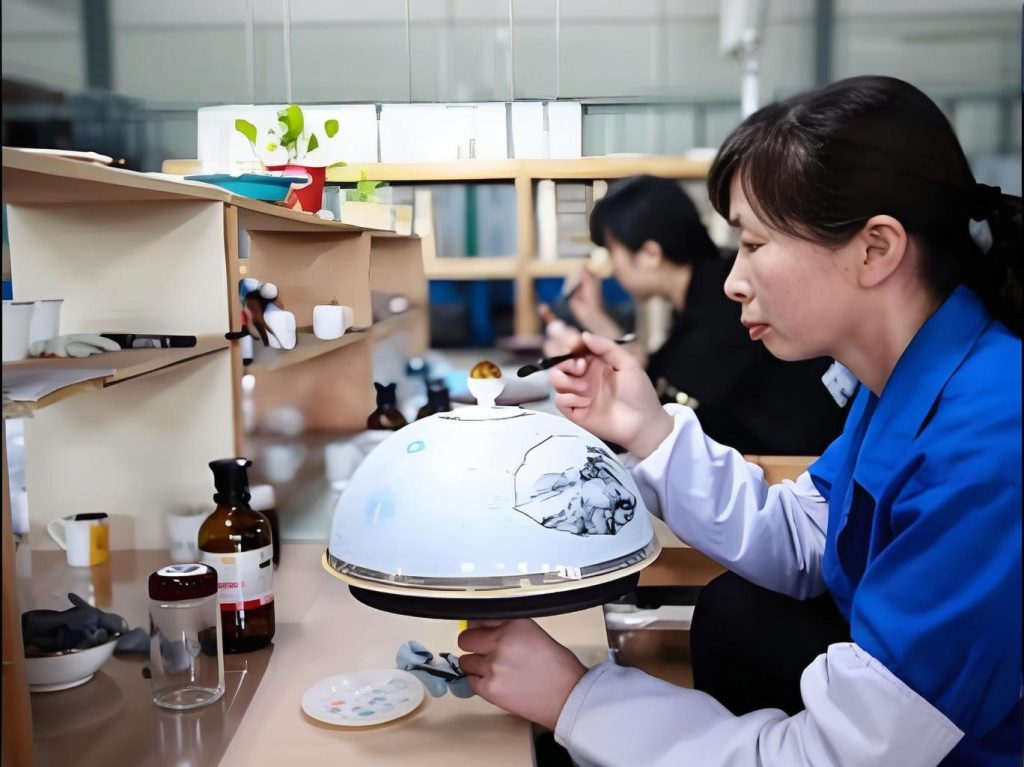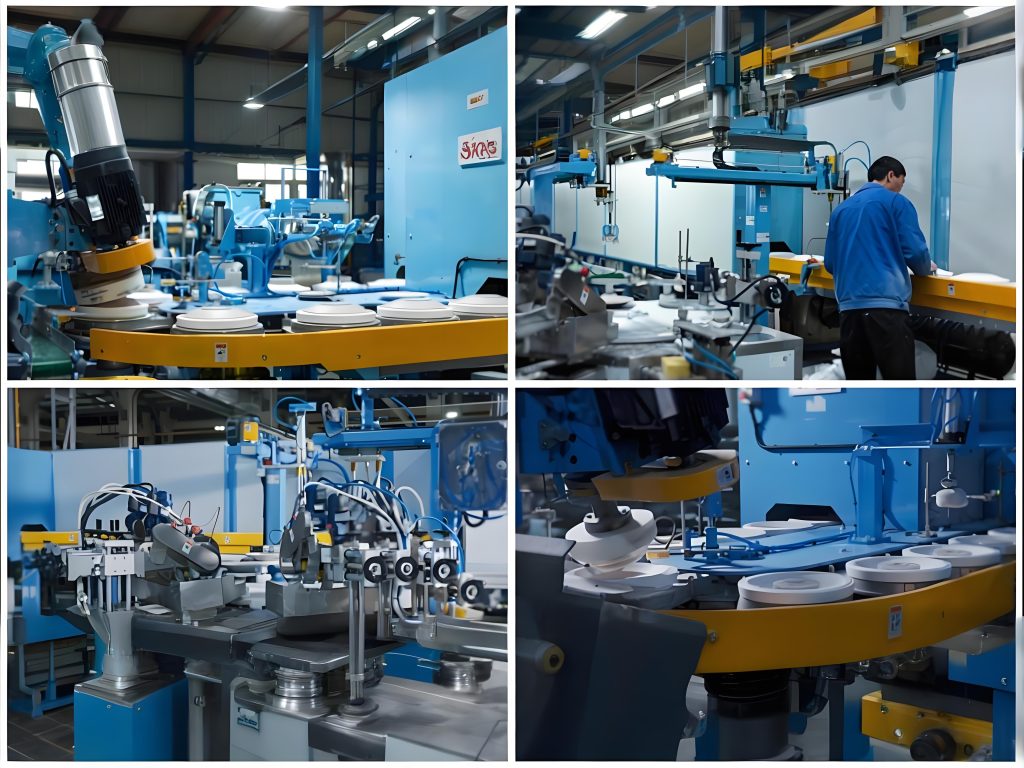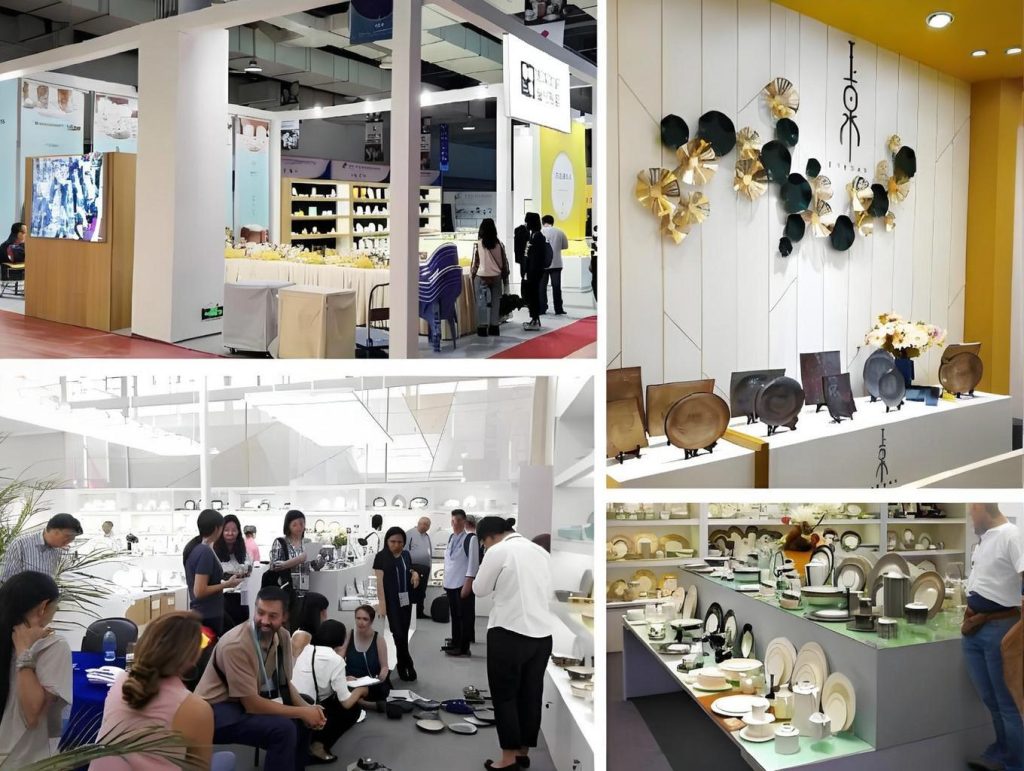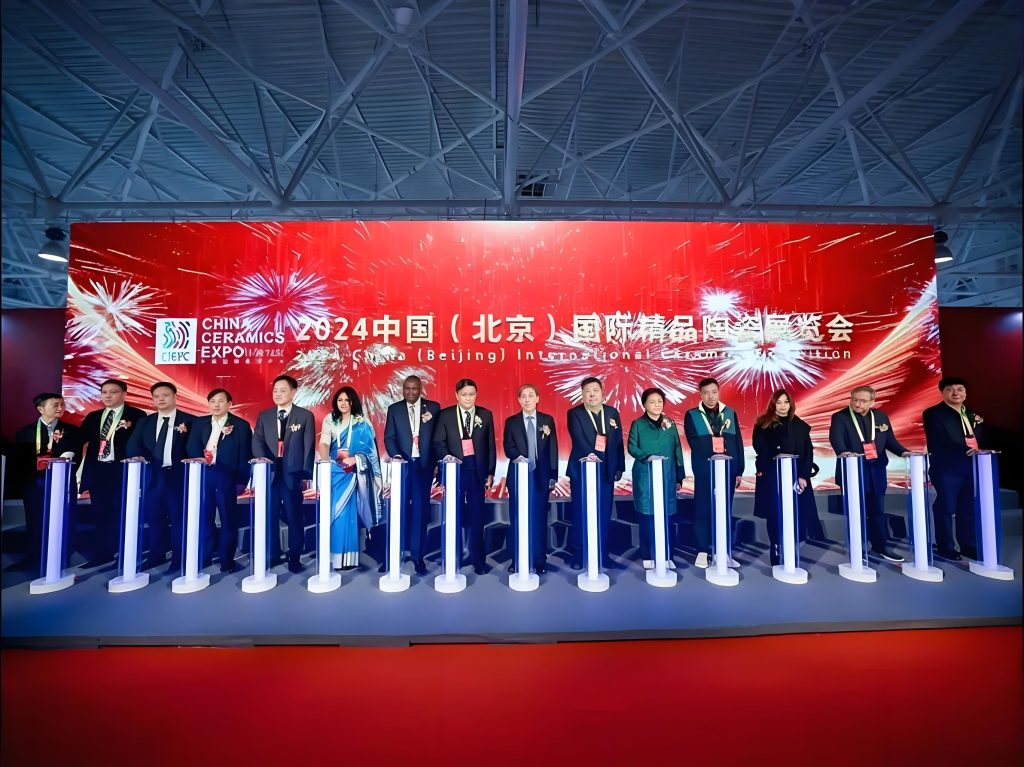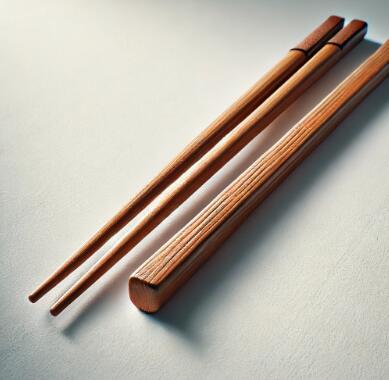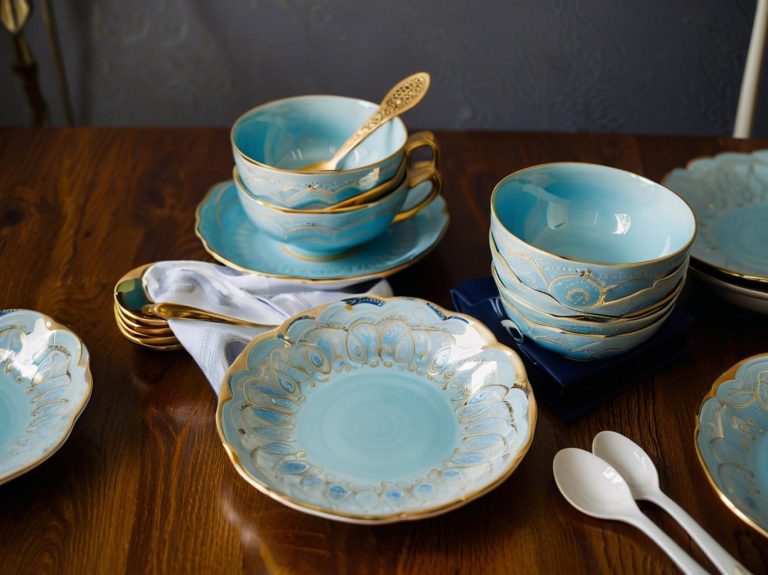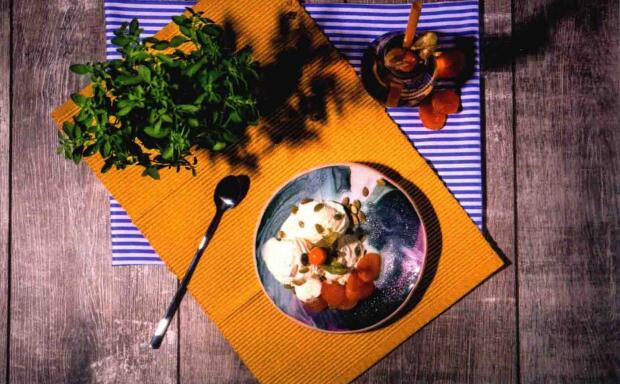Food Truck Tableware Choices: The Shift from Street Food to Sophistication
Have you noticed food trucks don’t feel like “roadside stalls” anymore?
Last weekend I queued for tacos at the city plaza. The owner handed me a decent bamboo fiber box. Not some flimsy paper plate. I thought: how much does this cost him? He smiled and said, “Without better tableware, customers won’t even post photos online.”
That comment revealed a turning point in the food truck industry. Tableware has evolved from “good enough” to “your mobile restaurant’s storefront.”
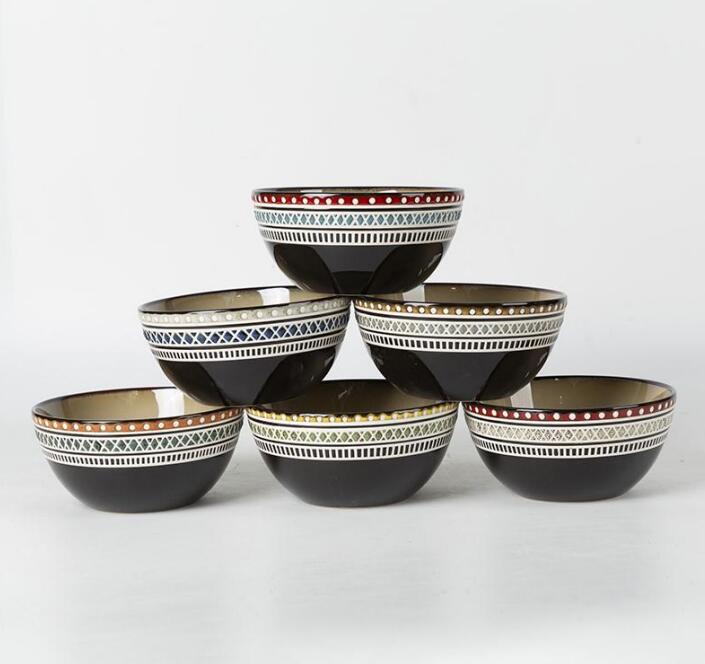
1. Real Struggles on Reddit: Tableware Choices Are More Complex Than Expected
I spent two days on Reddit’s r/FoodTrucks board. New owners constantly struggle with “what tableware to buy.”
One guy running a fried chicken truck for three months complained: “I bought 500 foam boxes cheap. Customers said they got soggy with oil. Others called them non-eco-friendly. I still have 300 left. Throwing them out hurts. Using them gets me criticized.”
The comments exploded:
- Someone used bamboo pulp boxes. They leaked with soupy dishes.
- Another recommended sugarcane bagasse material. It cost twice as much as regular paper.
- A veteran warned: “Don’t just look at unit price. Factor in complaint costs and lost repeat customers. Cheap tableware is actually the most expensive choice.”
This reminded me of what a restaurant friend once said: “Customers won’t remember great tableware. But they’ll definitely remember terrible tableware.”
2. Quora’s Professional Perspective: The Hidden Logic of Tableware Selection
Searching “food truck dinnerware” on Quora, I found a catering consultant’s answer with 2.3k upvotes. He made a counterintuitive point:
“Food truck tableware selection is essentially about brand positioning.”
His logic goes like this:
- Selling $5 street food with premium degradable boxes makes customers think “overpriced.”
- Offering $15+ refined meals with cheap plastic ruins the experience.
- Tableware material, color, even thickness sends psychological signals about “what you should pay.”
A Korean fried chicken truck case was interesting. They switched from clear plastic to black matte paper boxes. Average ticket increased by $2. Cost only rose $0.3. Why? Black tableware photographs better on Instagram. Customers shared photos organically. This brought more traffic.
I realized tableware isn’t just “food containers.” It’s become “free advertising space” in the social media era.
3. The Know-How of Dealing with Tableware Manufacturers
Many food truck owners buy tableware from wholesale markets or online platforms. But experienced operators contact tableware manufacturers directly.
Why?
A Reddit user running a burger truck for five years shared his experience:
“Year two I started custom ordering from manufacturers. Minimum order was 5,000 pieces. But unit price was 40% cheaper than retail. More importantly, I could customize sizes and print logos. Now my boxes have cartoon burger designs. Customers keep them as storage containers after eating. That’s a walking billboard.”
But he warned: Not all tableware manufacturers are reliable.
His mistakes included:
- Some factories had good samples. But they cut corners in bulk production. Boxes got thinner. Lids didn’t snap properly.
- Some promised FDA certification. But only had domestic standards. Got stopped at export exhibitions.
- Delivery delays were normal. He had to order two months before peak season.
His current approach: Start with small trial orders, even if pricier. Test for a month before bulk ordering. Request third-party testing reports from factories. Especially for food-contact coatings.
4. The “False Promise” of Eco-Friendly Tableware?
A controversial Quora question asked: “Is degradable tableware really eco-friendly?”
The top-voted answer came from an environmental engineer. He poured cold water on it:
“Many so-called ‘degradable’ items need industrial composting facilities. They require temperatures above 60°C to break down. But 90% of US areas lack such facilities. They end up in landfills anyway.”
But he admitted: “Even so, they’re still better than traditional plastic. At least they won’t break down into microplastics polluting oceans.”
Reddit food truck owners had mixed reactions:
- One said: “I use degradable tableware not because it actually degrades. But because customers think I have ‘social responsibility.’”
- Another was serious: “I switched to home-compostable tableware. It costs 30% more. But I print ‘Please put in green bin’ on boxes. Some customers specifically thanked me.”
This made me think: Tableware choice is finding balance between cost, experience, environmental impact, and marketing. There’s no standard answer.
5. Those Overlooked Details
While researching, I found several rarely mentioned but crucial points:
1. Tableware Insulation Performance Is Seriously Underestimated
A ramen truck owner complained: “Customers queue for 10 minutes. Their noodles get mushy. I switched to double-layer insulated paper bowls. They cost $0.2 more. But complaints dropped 80%.”
2. Tableware Size Affects Ingredient Costs
A Quora calculation was interesting. Switch your box from 750ml to 850ml. Customers subconsciously feel “not enough portion.” They request extra ingredients. This indirectly increases ingredient costs by 15%.
3. Cutlery Quality Directly Impacts Repeat Purchases
A Reddit experiment compared easily-breaking plastic forks versus sturdy wooden forks. The latter had 22% higher customer return rates. Why? “Fork breaking mid-meal” is a terrible experience. People remember it long-term.
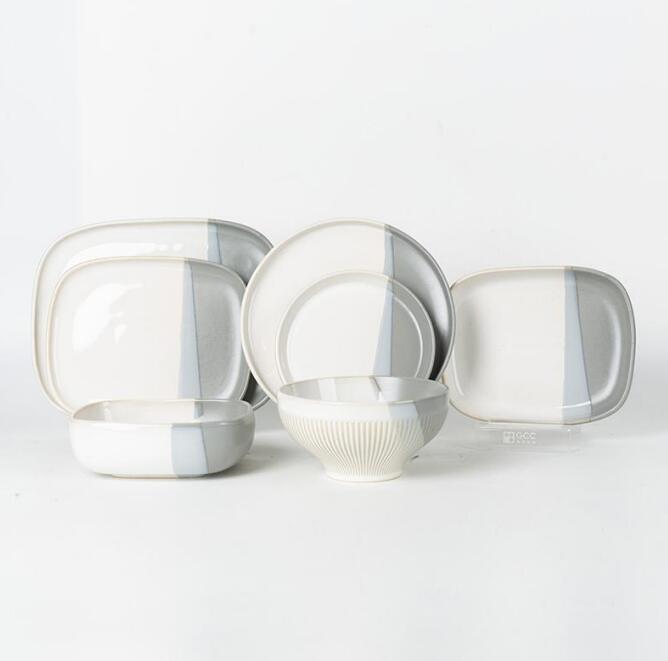
Final Thoughts
Food truck tableware selection seems like a procurement issue. Actually, it answers three questions:
- What do I want customers to remember? (Brand positioning)
- How much will I invest in experience? (Cost strategy)
- What are my values? (Eco-friendliness, quality, value for money)
That taco truck owner with bamboo boxes later told me something. After switching tableware last year, his revenue grew 35%. Not entirely because of tableware itself. But customers started viewing his truck as “quality street food,” not “quick meal to get by.”
What tableware does your food truck use? If you could choose again, what would you change?
P.S. If you’re looking for reliable tableware manufacturers, ask three questions first: What’s the minimum order quantity? Do you have FDA/EU food contact certification? Can you provide physical samples, not just pictures? Don’t ask how I know. It’s all tears.
If you have any questions or need to custom dinnerware service, please contact our Email:info@gcporcelain.com for the most thoughtful support!

